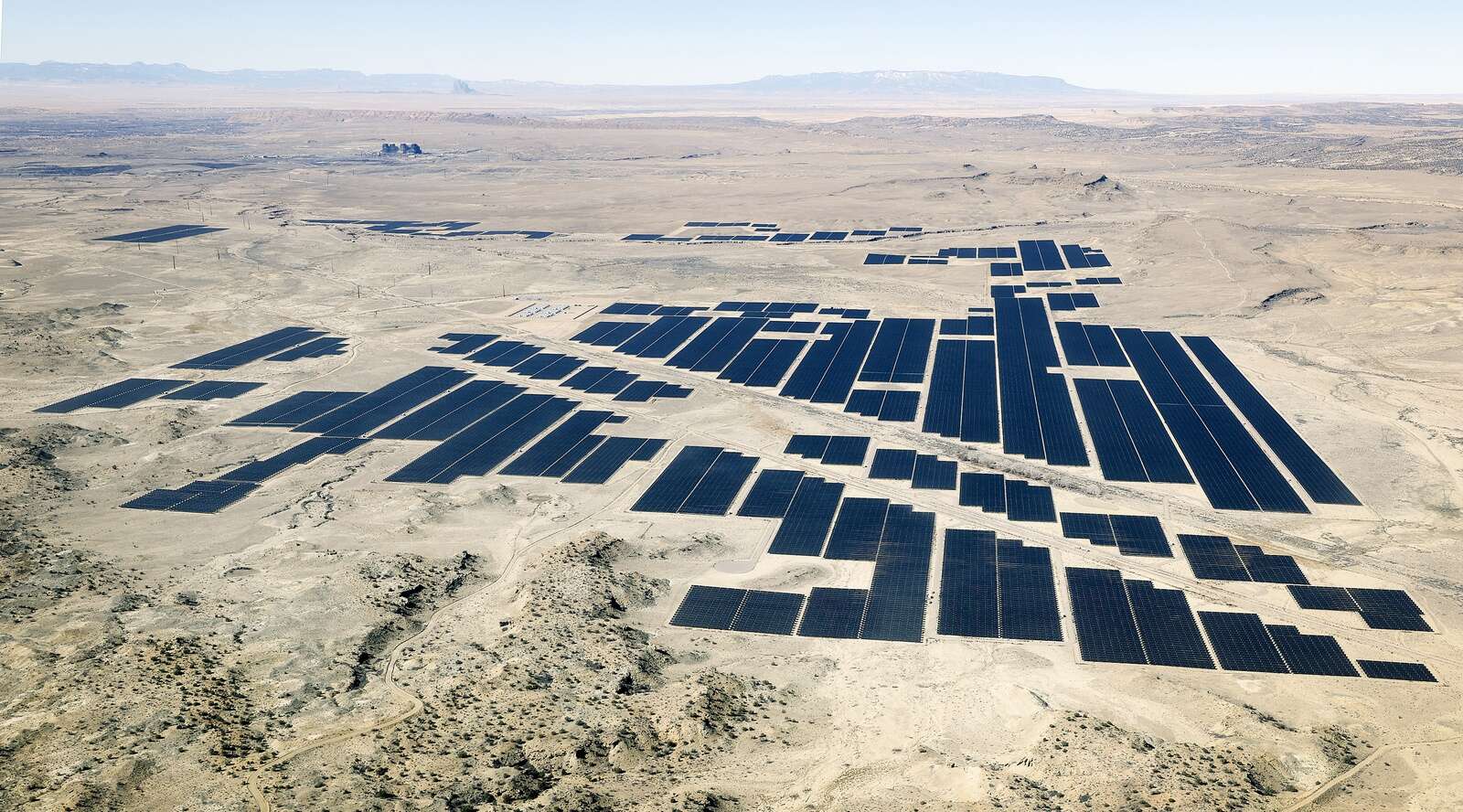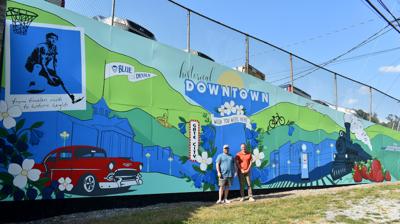Mill Valley is poised to propose an extension of its municipal service tax (MST) for an additional decade, aimed at continuing essential road repairs and fire risk mitigation through brush clearing. This decision emerged during a City Council meeting on October 20, where City Manager Todd Cusimano provided an assessment of the tax’s impact on local infrastructure.
The MST, initially approved by voters in 2016, has been crucial for funding street enhancements and vegetation management. The tax imposes an annual fee of $266 on single-family residences, generating approximately $2 million annually. It serves as the primary revenue source for Mill Valley’s paving programs, addressing deteriorating road conditions.
“We will have to continue with the MST,” Cusimano stated, emphasizing the necessity of the tax for future planning. He added that if executed correctly over the next ten years, the city might not need to rely on similar taxes in the future. Councilmember Urban Carmel echoed this sentiment, clarifying, “This is not a forever tax. This is really the end game, I think, for the next round.”
The current tax is set to expire at the end of Mill Valley’s 2026-2027 fiscal year, necessitating a measure to be placed on the ballot for voter approval in 2026. City officials indicated that prior to this, public works staff and the council will assess, plan, and present a detailed strategy for upcoming road repairs and enhancements.
Evaluating Infrastructure Needs
Public Works Director Andrew Poster highlighted the ongoing need for significant paving projects, noting that there are five or six funding sources utilized for each initiative. Despite this, he confirmed that the MST remains the dominant funding driver for these projects. Other revenue streams include general fund receipts, road impact fees, gas taxes, and various grants from county, state, and federal entities.
“What we bring to council is a paving program that’s based on the goals that council sets,” Poster explained. He indicated that decisions would hinge on whether to prioritize the worst road conditions or maintain the quality of better streets. The city is committed to employing critical methodologies in determining which areas require immediate attention.
Since the MST’s implementation, approximately $20 million has been generated, significantly enhancing Mill Valley’s road infrastructure. Cusimano noted that the city’s pavement index improved from 58 in 2014 to 74 in recent evaluations. A score of 74 is considered good, placing the city in a favorable position regarding road conditions.
“We’re right in the middle of where we want to be,” Cusimano stated, reflecting on the success of the MST. The focus in the coming years will increasingly shift towards residential areas, with plans for treatments on main thoroughfares as well.
The council is expected to present a comprehensive plan regarding the MST and its future at a meeting in November. This gathering will serve as a pivotal moment for making informed policy decisions about the direction of Mill Valley’s municipal service tax and its implications for local infrastructure.







